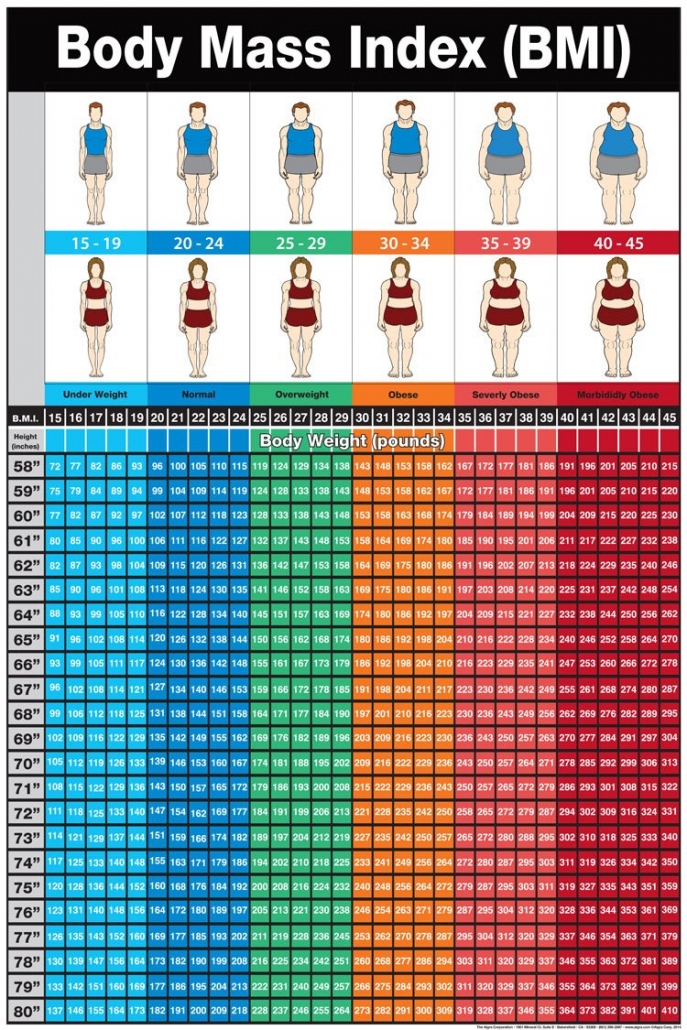BMI can be used to objectively determine a person’s body size.
It is to the mathematician and statistician Adolphe Quetelet (1796-1874) that we owe this index. However, the term “Body Mass Index” only appeared in 1972, well after the creation of what was originally called the “Quetelet Index”.
Since 1997, WHO has been using this index to establish a standard reference overweight classification that can be used internationally.
The purpose of this classification is to assess the risks associated with being overweight. The fact of regularly calculating one’s BMI is thus of interest: to identify one’s own changes in weight and to interpret them in accordance with the information provided by WHO.
The calculation of BMI is relatively simple since it requires only two criteria: your height (in cm) and your weight (in kg). The exact mathematical formula is:
Body Mass Index formula However, this BMI formula is only valid for adults aged 18 to 65 years. Thus, children, adolescents, the elderly, but also pregnant women or people very muscular, must move to different formulas (2). Regarding children, you can consult our page dedicated to the calculation of BMI in children.
ADVANTAGES AND DISADVANTAGES OF BMI
The benefits of BMI are:
- Ease of calculation that requires only weight and size, through a simple formula (see formula above).
- Indicator generalised in an “international” way, thus making it possible to make statistics on a world scale.
But this ease of calculation as well as this international generalisation bring out the following disadvantages:
- The silhouette/general body shape is not taken into account.
- The history of the individuals weight is not taken into account.
- Determinants such as gender, age or ethnicity are not easily taken into account.
The weight of a normal BMI is between 18.5 and 24.9 kg / m². If your score is less than 18.5, your body size is considered lean. Above 24.9, you are either overweight (between 25 and 30), obese (> 30), or obese (> 40). It is through this reading that all the utility of calculating one’s BMI comes into play.
A high BMI increases the risk of certain diseases, including cardiovascular, pulmonary or joint diseases. Nevertheless, know that the BMI is just a hint that must be an alert to encourage you to make an appointment with a GP or consultant. The professionals will be able to expose you to the possible risks incurred.

